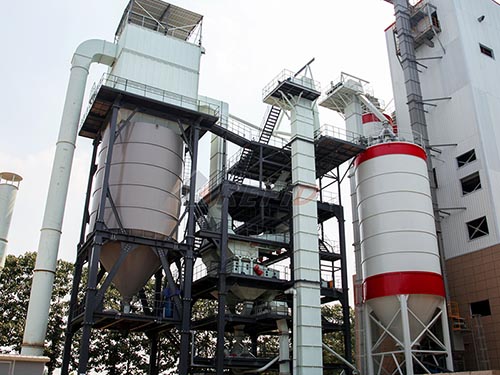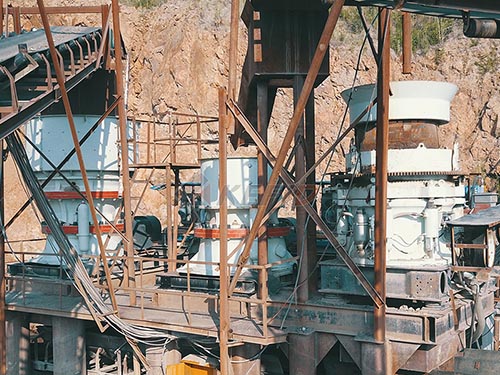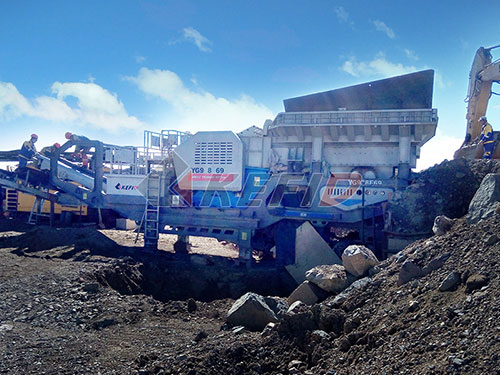Stone Crusher Units in Palakkad District: Engines of Construction Amidst Environmental Crosscurrents

Nestled between the majestic Western Ghats and the fertile plains of Tamil Nadu, Kerala’s Palakkad district is a land rich in natural beauty and vital resources. Among its significant industrial activities, stone crushing plays a crucial, yet often contentious, role in the region’s development trajectory.
The Economic Bedrock:
Palakkad’s geology, particularly its abundant reserves of hard granite and laterite stones found in areas like Ottapalam, Pattambi, Alathur, and Chittur taluks, provides the raw material for numerous stone crusher units scattered across the district. These units are indispensable cogs in the construction machinery:
1. Construction Lifeline: They produce essential aggregates – crushed stones of various sizes (like 20mm metal, 12mm metal), M-sand (Manufactured Sand), quarry dust, and concrete mixtures – forming the literal foundation for buildings, roads (including national highways traversing the district), bridges, dams (like Malampuzha), and other infrastructure projects.
2. Employment Hub: The sector provides direct employment to thousands in operations (machine operators, loaders) and transportation (truck drivers), along with indirect jobs in maintenance and supply chains.
3. Revenue Generation: Crusher units contribute significantly to state revenue through taxes (GST), royalties paid for mining leases on government land or private patta lands where quarries operate nearby.
The Environmental Tightrope:

However, the operation of crushers casts a long shadow over Palakkad’s environment and communities:
1. Dust Pollution: The primary concern is pervasive dust generation during blasting (at source quarries), crushing, sieving, loading/unloading, and transportation via trucks laden with raw material or finished products.
Health Impacts: Fine particulate matter (PM10 & PM2.5) causes severe respiratory ailments (asthma, silicosis), eye irritation among workers and nearby residents.
Environmental Damage: Dust settles on vegetation affecting agriculture near clusters like Kanjikode or Kollengode; contaminates water bodies; reduces air quality significantly.
2. Noise Pollution: Constant operation of heavy machinery – crushers generators conveyors – generates high-decibel noise impacting residential areas near units.
3. Water Scarcity & Contamination: Crushing requires significant water for dust suppression; this strains local water resources

Leave a Reply